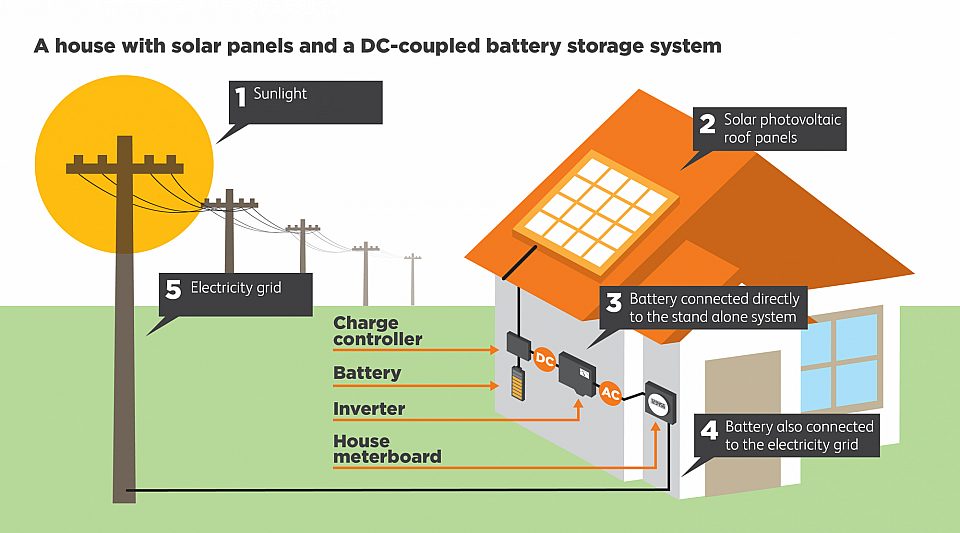The Clean Energy Australia report provides a comprehensive overview of the Australian clean energy sector.
The report covers the latest key figures and statistics on the national energy market. It is the only analysis that includes the National Electricity Market, the Western Australian electricity grid and other major regional grids across the country in areas such as the Northern Territory.
2020 SNAPSHOT
The growth of Australia’s renewable energy industry showed no sign of slowing in 2020 as increased support from state and territory governments saw numerous records set across the large- and small-scale sectors.
The industry passed a significant milestone in 2020, with more than a quarter of the country’s total electricity generation coming from renewable sources for the first time. Much of this was due to the small-scale solar sector, which added more than 3 GW of new capacity in 2020 to record its fourth-straight record-breaking year. The large-scale sector also contributed almost 2 GW of new capacity in 2020 as 32 projects were completed around the country.
The Australian renewable energy industry has come a long way in the past five yearsClean Energy Council Chief Executive, Kane Thornton
At the end of 2020, 76 large-scale wind and solar projects were under construction, representing more than 8 GW of new capacity and employing over 9000 Australian workers. You can view more detail on the current projects being constructed around the country on our project tracker page.
RENEWABLE ENERGY BY STATE
In the continued absence of federal energy policy, the states and territories took the lead in 2020, introducing a range of ambitious policies to accelerate Australia’s renewable energy transition.
Tasmania continues to be Australia’s renewable energy leader, with the state producing more renewable energy than it consumed in 2020. The Tasmanian Government’s target of 200 per cent renewable energy by 2040 means that the state is now looking to become a major clean energy exporter.
South Australia again made significant progress towards its target of 100 per cent renewable energy by 2030, sourcing just short of 60 per cent of its total electricity generation from clean energy in 2020.
After lagging behind many of its state and territory counterparts on renewable energy policy in recent years, New South Wales vaulted into the lead in 2020 after releasing its Electricity Infrastructure Roadmap that will deliver 12 GW of new transmission capacity and attract up to $32 billion in private investment.
